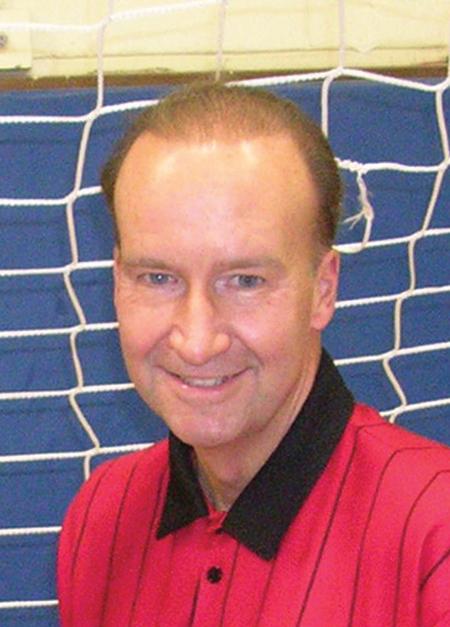
The throw-in is unique as it’s the only opportunity for players other than the goalkeeper to legally use their hands. It is also the most common restart in soccer.
A goal cannot be scored directly on a throw-in. A player cannot be offside on a throw-in.
A throw-in is awarded when the whole of the ball passes over the touchline, either on the ground or in the air. The opposing team of the player who last touched the ball receives the throw-in from that point on the touchline. Any player on that team can take the throw-in, including the goalkeeper.
Often, players will not have a very good idea where the ball went over the touchline and some are trying to cheat by moving up the touchline. Not taking the throw-in from the correct place on the touchline is an illegal throw and the throw-in would be awarded to the other team.
A preventive officiating technique is for the referee to stand parallel to where the throw-in should be taken and tell the thrower, “The throw-in should be in line with me.”
At the moment of delivering the ball, the thrower faces the field of play, has part of each foot on the touchline or on the ground outside the touchline, uses both hands plus delivers the ball from behind and over the head. It is possible for the majority of one foot or both feet to be clearly on the field of play as long as some small portion of both feet are still touching the line.
Some people are under the mistaken impression that a properly thrown ball will not spin. This is not correct. A player can throw the ball with both hands over the head and it does spin; as long as the motion is from behind and over the head (and not the side of the head), this is fine.
The ball is legally in play if the ball is thrown correctly and crosses the plane of the touchline. Should the ball not do this, the same team throws in the ball again from the same spot.
Let’s say that the thrower lifted the back foot while throwing the ball, but the ball never entered the field of play. The officials cannot call an illegal throw-in as the ball was not in play. Retake the throw-in.
The thrower may not touch the ball again until it has touched another player. The restart should this occur is an indirect kick to the opposing team from that spot.
To not impede the thrower, all opponents must stand no less than two yards from the point where the throw-in is taken. Where necessary, the referee or assistant referee should tell any opponent to back off beyond this two-meter distance before the throw-in is taken. The ref would caution the player for failing to respect the required distance on a throw-in, if the player fails to retreat. Play would then be restarted with a throw-in.
Finally, regarding throw-ins or any other out-of-bounds plays such as corner kicks and goal kicks, sometimes the officials have no idea whose ball it should be. If you are completely unsure, wait a second for the player whose restart it should be to go after the ball while the opponent backs off. Thankfully, most players are honest, especially in youth soccer.
If you receive no reaction from the players as to which team should get the restart, maybe they do not know themselves. Pick a team, make your signal decisive and you should not have a problem.
